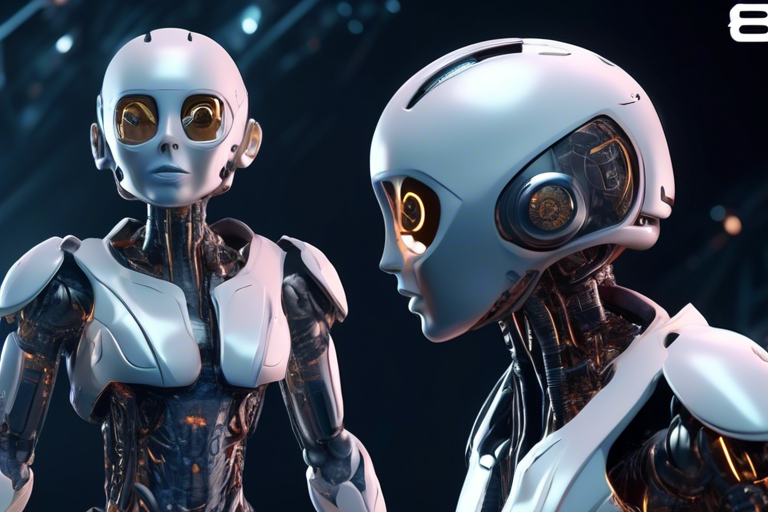Understanding the Backlash Against Stability AI’s Latest Model, Stable Diffusion 3 (SD3)
Stability AI has recently released its newest major model, Stable Diffusion 3 (SD3), which has been met with significant pushback from the AI community due to its restrictive licensing terms. The controversial move has led to a major Stable Diffusion community hub banning SD3-related work, raising concerns among SD3 users regarding the implications of the license terms on future model development.
- SD3 users worried about the impact of license terms on model development and improvement
- Stability AI introduces a restrictive Creator License for developers meeting specific criteria
- The license limits the number of generated images per month and requires payment for Enterprise License
Challenges Faced by Developers
Developers have found themselves grappling with the complexities of adapting SD3 to specific use cases. Any model trained on SD3 outputs is considered a derivative work, subject to licensing terms that grant Stability AI certain rights over it. This has added another layer of concern for developers navigating the SD3 landscape.
CivitAI Takes Action Against SD3
The situation escalated further when CivitAI, the largest repository for Stable Diffusion resources, announced a temporary ban on all SD3-related resources to prevent potential legal entanglements with the license terms. The lack of clarity in the license prompted CivitAI to seek legal counsel and clarification from Stability AI regarding the licensing terms.
- CivitAI temporarily bans all SD3-related resources to avoid legal issues
- Concern over the license terms leads to a pause in SD3-related activities
- Legal counsel sought to address uncertainties around SD3 licensing
The Debate Over Open Source Principles
Concerns have been raised by prominent figures in the Stable Diffusion community about the commercial licensing arrangements of SD3. The lack of clear communication from Stability AI on commercial licensing has left developers uncertain about the future of their work. The licensing model’s recurring fee structure and potential conflicts with open-source principles have further fueled the debate.
SD3’s Uncertain Future
With SD3’s legal status in question, some developers may opt to stick with SDXL and wait for future developments. The controversy surrounding SD3’s licensing terms has broader implications for the AI community, especially in the realm of open-source AI models. Despite the backlash, SD3 has seen a significant number of downloads and hits on various platforms, indicating its popularity among users.
Hot Take: Balancing Innovation with Licensing Concerns
As the debate over SD3’s licensing terms rages on, the AI community faces a crucial juncture in balancing innovation with respect for intellectual property rights. The fallout from Stability AI’s licensing decisions underscores the importance of transparent communication and collaboration between developers and AI companies to ensure a thriving ecosystem for innovation.





 By
By
 By
By
 By
By
 By
By
 By
By
 By
By